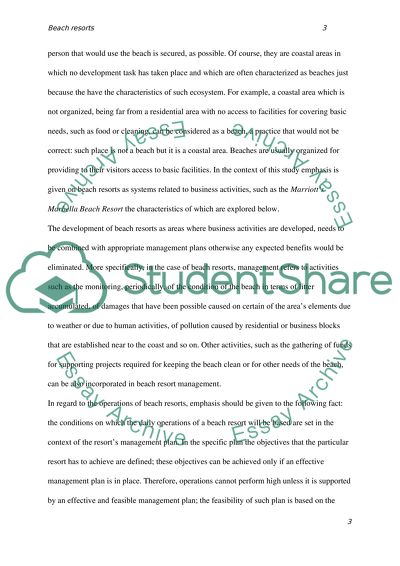Cite this document
(“Beach resorts Essay Example | Topics and Well Written Essays - 3500 words”, n.d.)
Retrieved from https://studentshare.org/tourism/1493069-beach-resorts
Retrieved from https://studentshare.org/tourism/1493069-beach-resorts
(Beach Resorts Essay Example | Topics and Well Written Essays - 3500 Words)
https://studentshare.org/tourism/1493069-beach-resorts.
https://studentshare.org/tourism/1493069-beach-resorts.
“Beach Resorts Essay Example | Topics and Well Written Essays - 3500 Words”, n.d. https://studentshare.org/tourism/1493069-beach-resorts.


